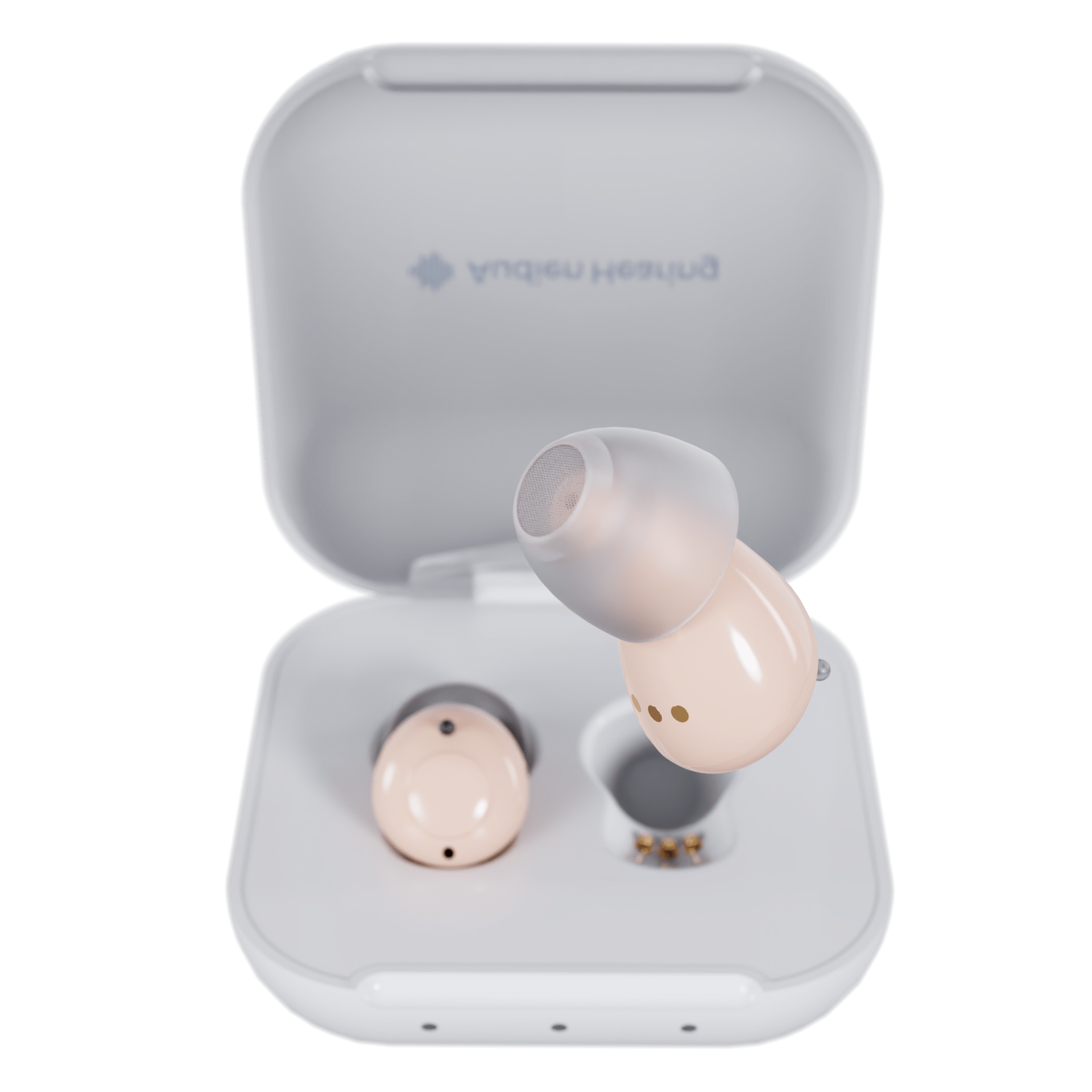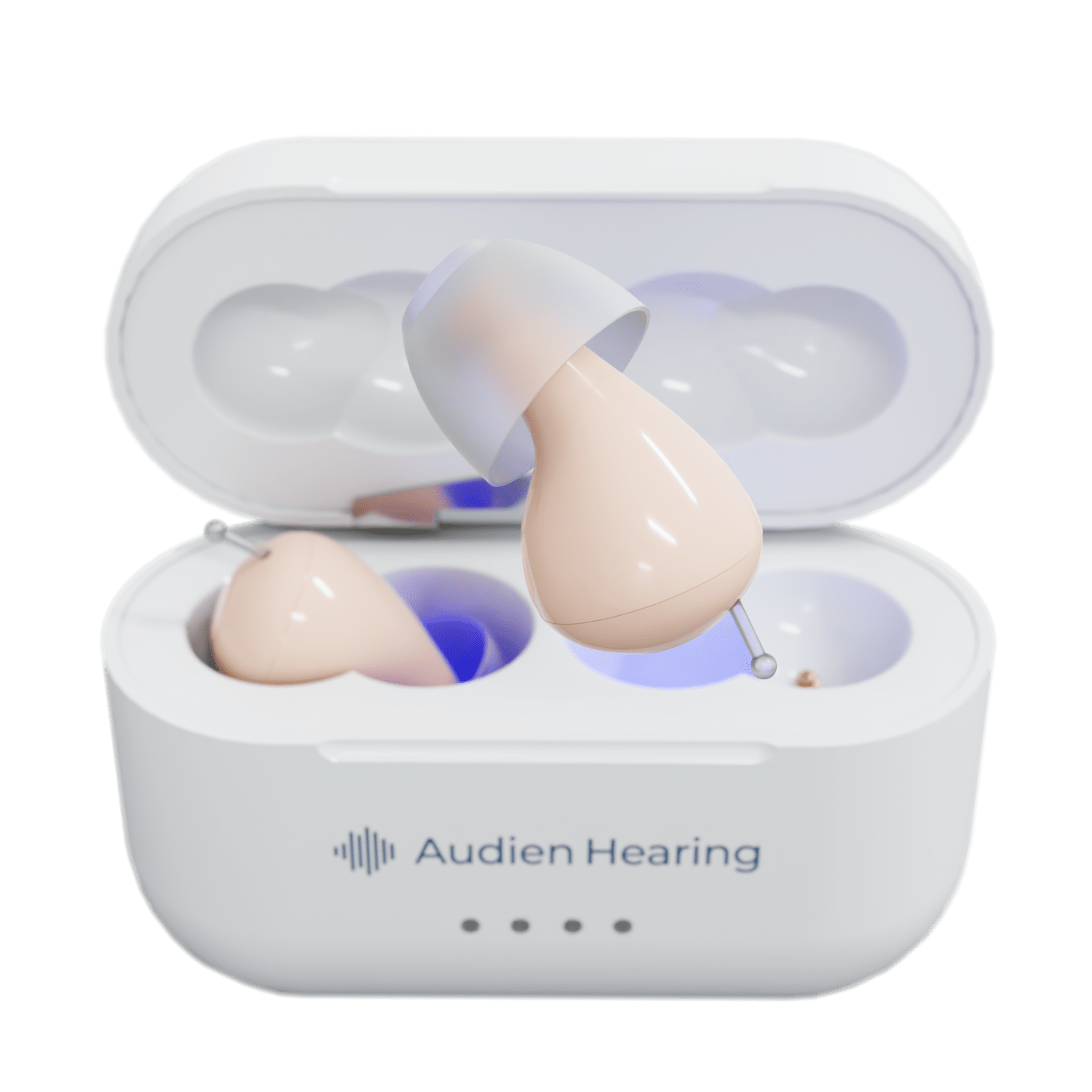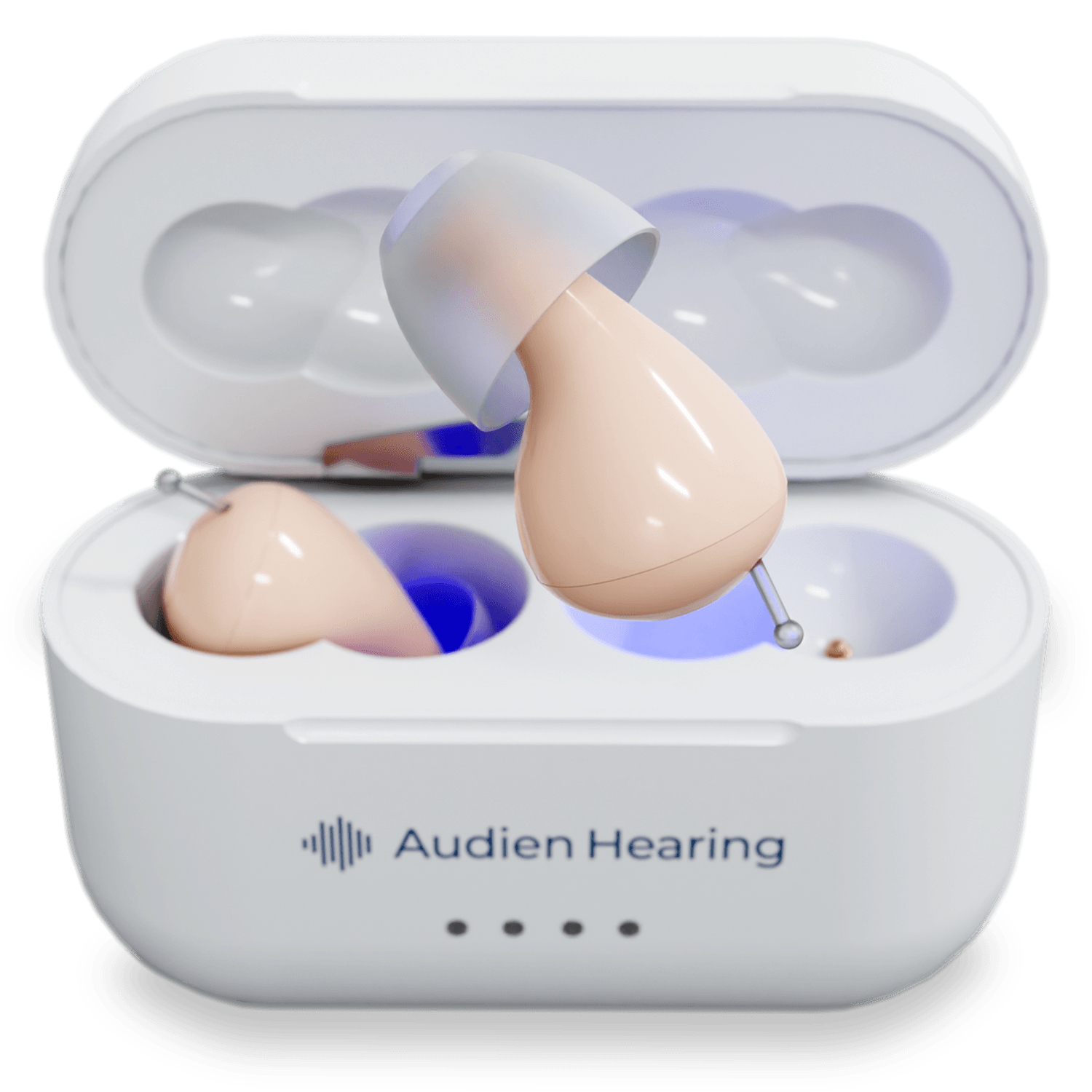Experts say that approximately 466 million people worldwide have “disabling” hearing loss, which equates to roughly 6.1% of the global population. This number may actually be higher, as many individuals with hearing loss delay seeking help—often attributing symptoms to allergies, illness, or simply adapting over time. That’s why understanding the different types of hearing loss is so important.
First, what is hearing loss? Clinically, hearing loss is defined as the inability to hear sounds at or above 20 decibels (dB HL) in one or both ears. It can range from mild to profound and may affect one or both ears.
This article will focus on a specific type: asymmetrical sensorineural hearing loss (ASHL).
WHAT IS ASYMMETRICAL HEARING LOSS?
Hearing loss that progresses similarly in both ears is referred to as symmetrical hearing loss. In contrast, asymmetrical hearing loss occurs when one ear has significantly worse hearing than the other. To meet the criteria for asymmetrical hearing loss, the difference in hearing thresholds between ears is typically ≥15 dB at two or more frequencies. While both ears are usually affected (bilateral), the loss is uneven.
Asymmetrical hearing loss can be conductive, sensorineural, or mixed. The causes include:
-
Age-related hearing loss (presbycusis)
-
Noise-induced hearing loss
-
Genetics
-
Certain diseases affecting the auditory system
-
Asymmetrical exposure to loud noise
WHAT IS SENSORINEURAL HEARING LOSS?

Sensorineural hearing loss (SNHL) occurs when there is damage to the inner ear (specifically the hair cells in the cochlea) or the auditory nerve pathways leading to the brain. SNHL is usually permanent and commonly bilateral, though it can also be unilateral or asymmetrical.
Symptoms include:
-
Difficulty hearing in noisy environments
-
Trouble understanding speech, especially high-pitched consonants
-
Voices sounding muffled
-
Feeling like you can hear someone talking but can’t make out what they’re saying
-
Tinnitus or balance issues in some cases
SNHL accounts for roughly 90% of all hearing loss cases.
ASYMMETRICAL SENSORINEURAL HEARING LOSS (ASHL)

ASHL refers specifically to sensorineural hearing loss that is significantly worse in one ear than the other. While it shares causes with typical SNHL, such as aging and noise exposure, ASHL may also signal more serious underlying issues and warrants thorough evaluation.
POSSIBLE CAUSES OF ASHL
-
Noise-induced or age-related hearing loss
-
Vestibular schwannoma (acoustic neuroma): A benign tumor on the vestibular portion of the eighth cranial nerve, often arising from the internal auditory canal. Though rare (occurring in ~2% of ASHL cases), it accounts for over 85% of cerebellopontine angle tumors and is a key reason an MRI may be recommended.
-
Autoimmune inner ear disease
-
Meniere’s disease: A disorder of the inner ear that can cause fluctuating hearing loss, vertigo, tinnitus, and aural fullness. Management may include dietary changes, medications, or, in severe cases, surgical intervention.
-
Idiopathic sudden sensorineural hearing loss: A sudden, unexplained loss of hearing that may or may not recover with prompt treatment, typically corticosteroids.
Often, the exact cause remains unknown. That’s why a thorough evaluation by a hearing care provider is essential.
TREATMENT OF ASHL

The first step in managing ASHL is a comprehensive hearing evaluation, followed by imaging (typically MRI) to rule out retrocochlear pathologies such as acoustic tumors. Diagnosis may also help identify familial patterns or autoimmune involvement.
Treatment depends on the cause and severity:
-
Hearing aids are the most common intervention for ASHL. The goal is to restore as much binaural hearing as possible—helping users localize sound and understand speech more easily.
-
Cochlear implants may be considered in cases of single-sided deafness (SSD) or when one ear has profound loss and the other is only partially functional.
-
CROS/BiCROS systems can reroute sound from the worse ear to the better-hearing ear when amplification alone isn’t enough.
TYPES OF ASHL CASES
-
Hearing loss in both ears, but one is worse
→ Both ears may benefit from hearing aids, but with different amplification levels. -
One ear is deaf, one has hearing loss
→ Cochlear implants may be an option. If not, a hearing aid might still provide some benefit, though results vary. -
One ear is normal, one has hearing loss
→ This case is especially challenging. The aided ear must integrate with normal hearing from the other side, which can initially feel unnatural. Many users adjust over time and benefit from the added clarity and directional cues.
CONCLUSION
Asymmetrical sensorineural hearing loss is a complex and often under-recognized condition. It involves uneven hearing loss between the ears due to inner ear or nerve damage and may signal an underlying medical issue, such as a tumor. While it can’t always be cured, treatment options like hearing aids, CROS systems, or cochlear implants can provide significant help.
If you think you may be experiencing signs of ASHL, don’t wait. Early diagnosis is key to better outcomes. Make an appointment with your audiologist or ENT provider today.













